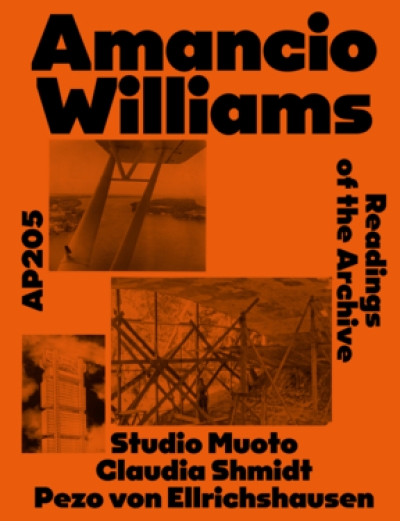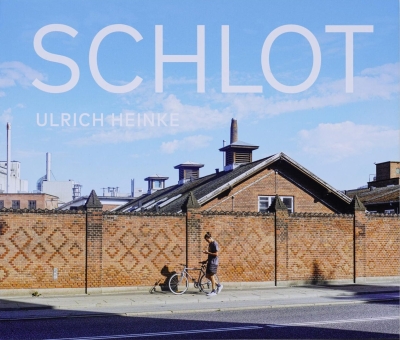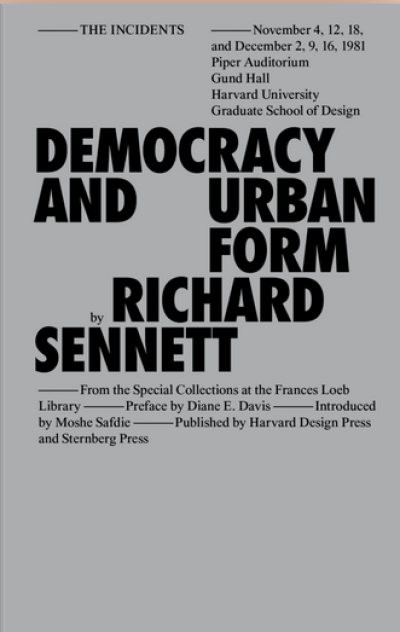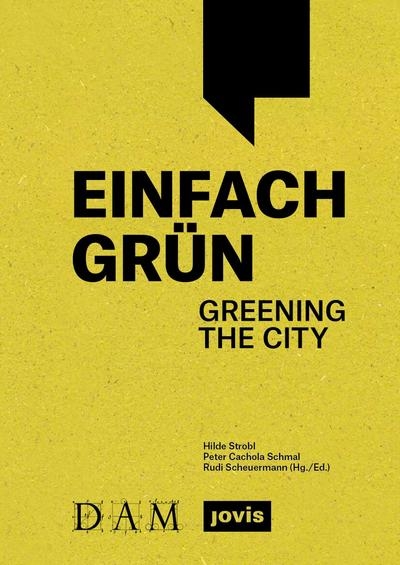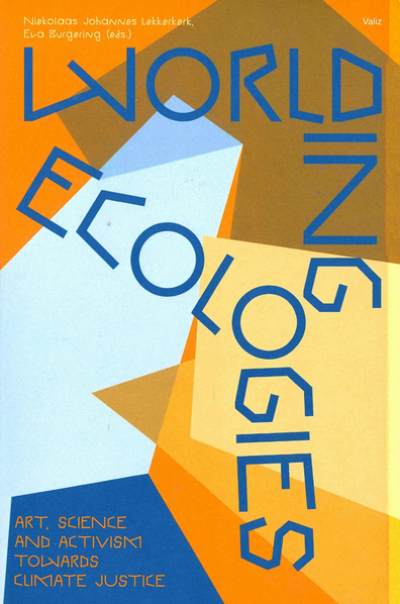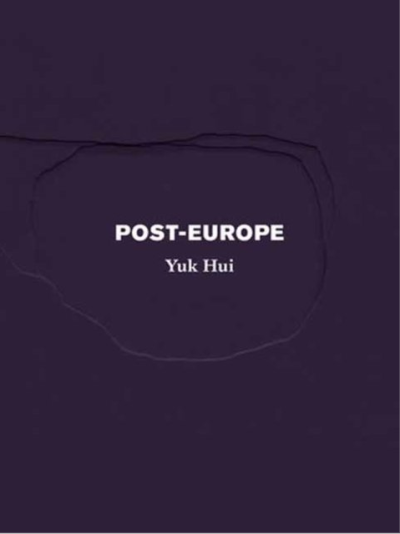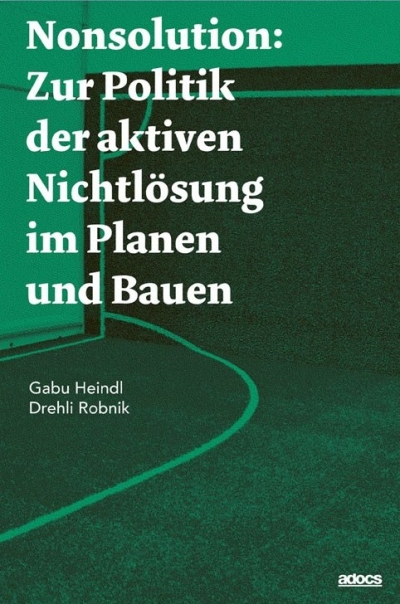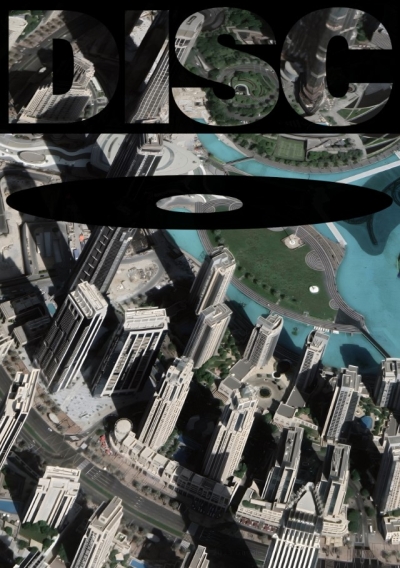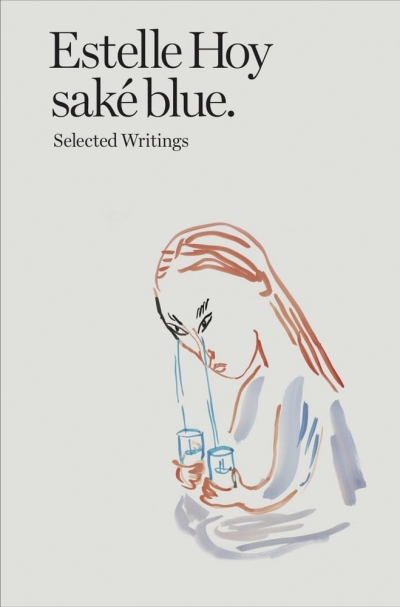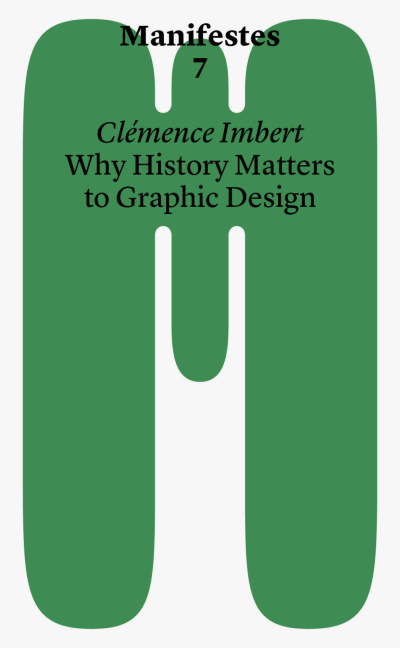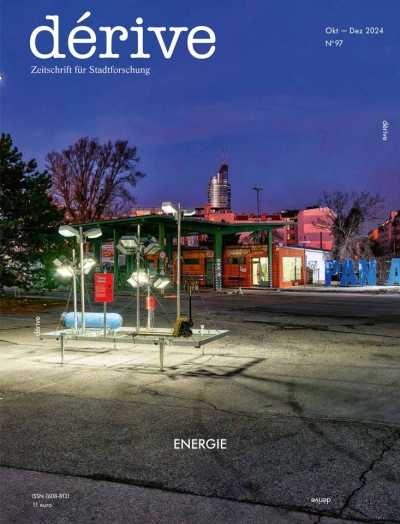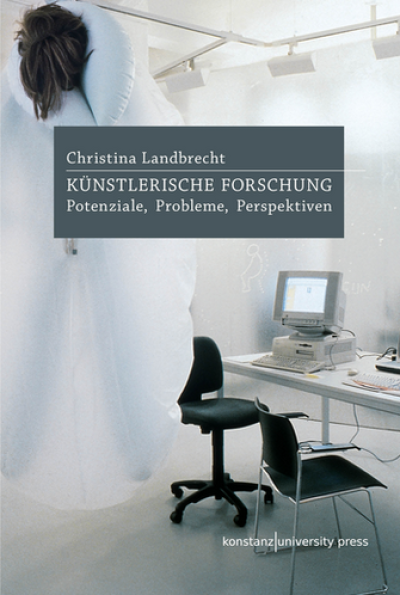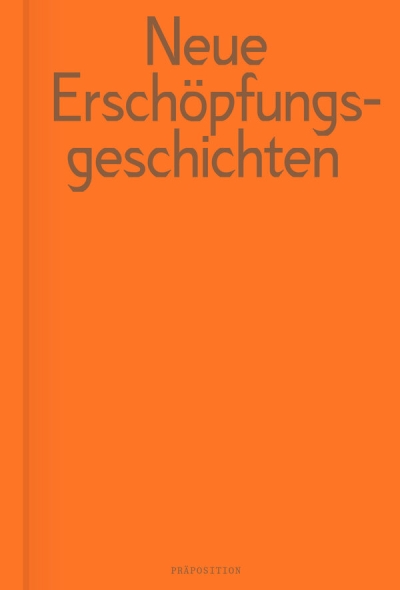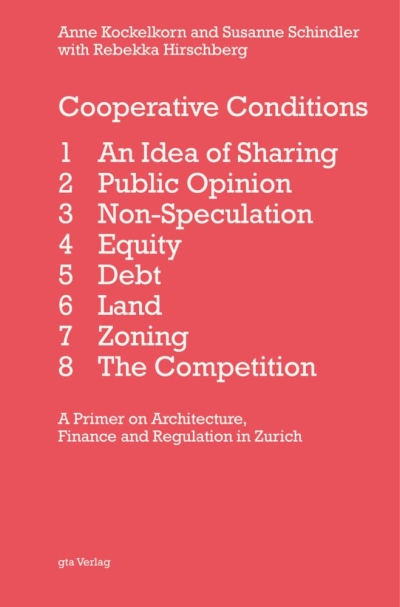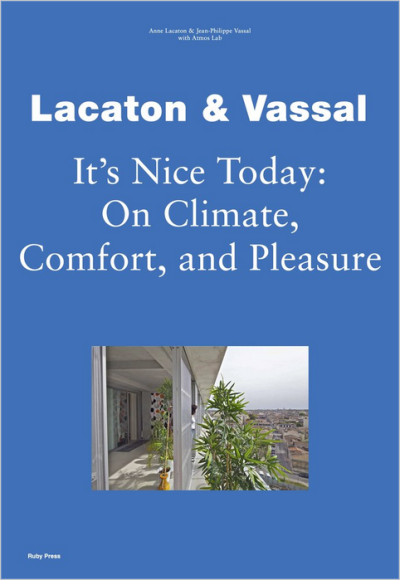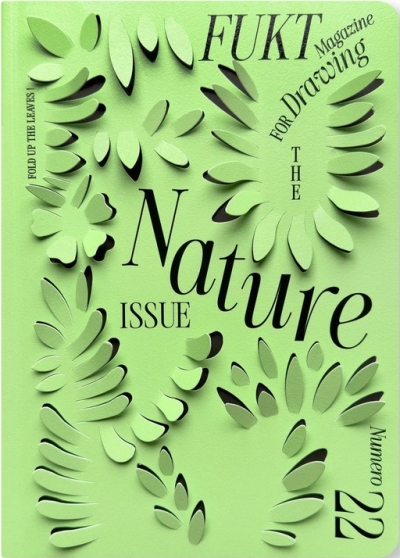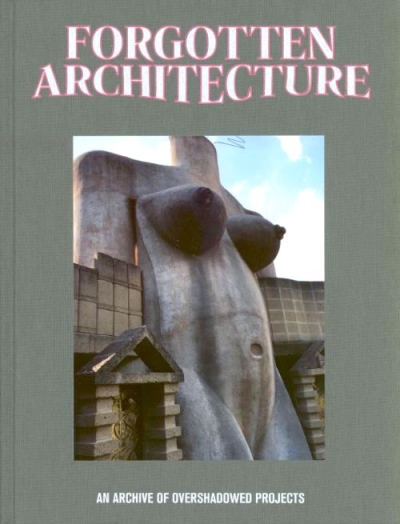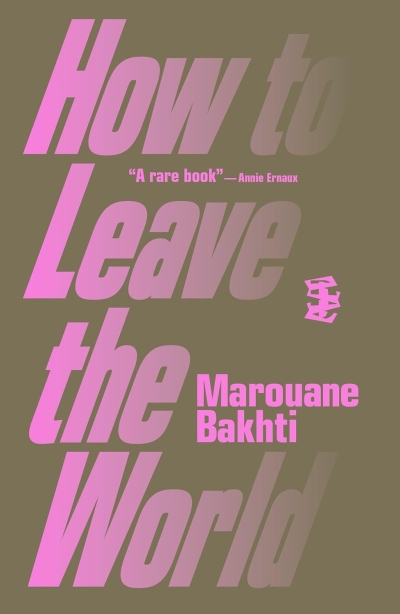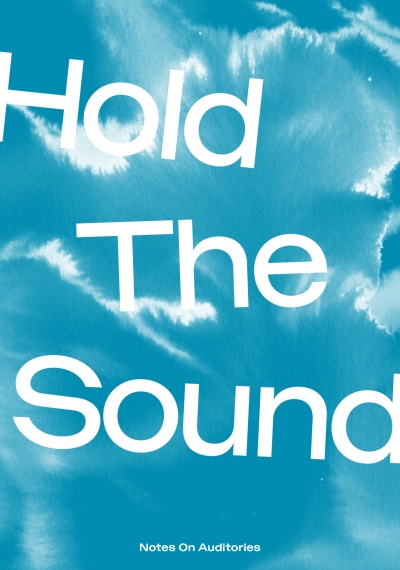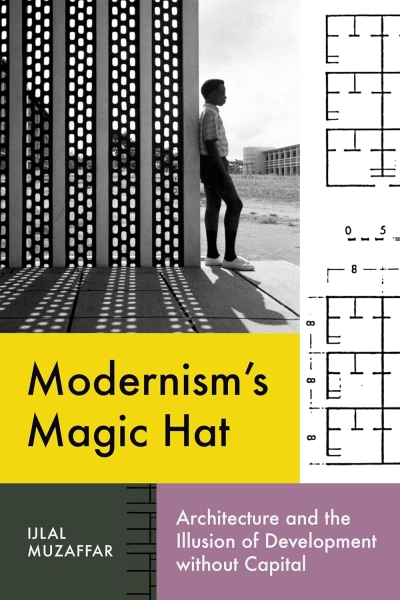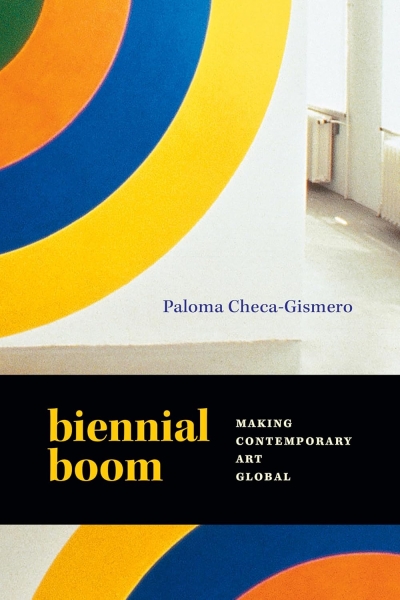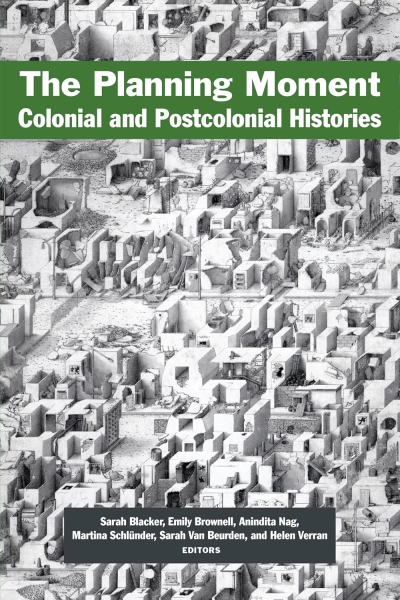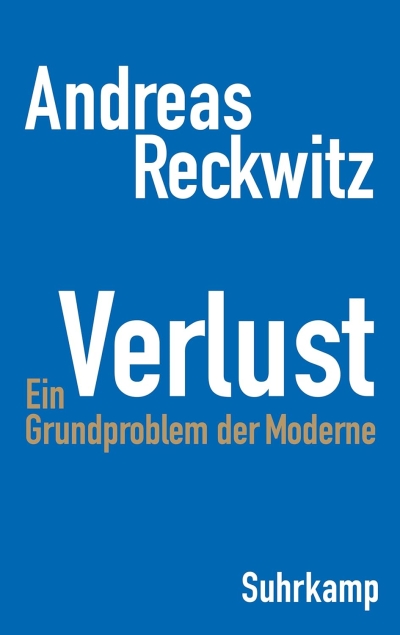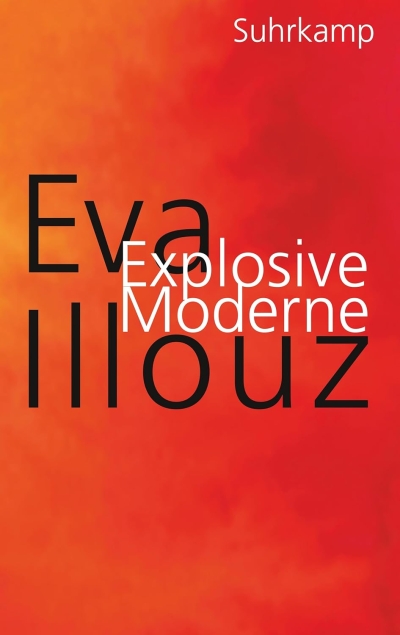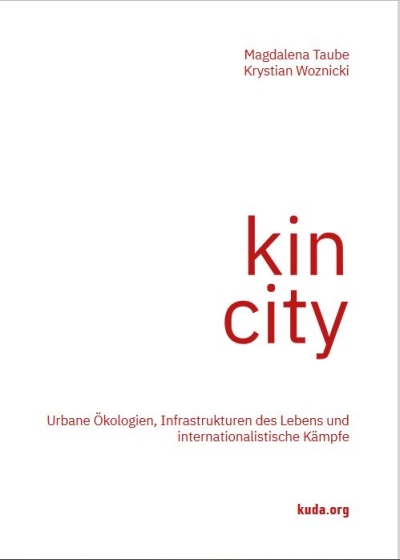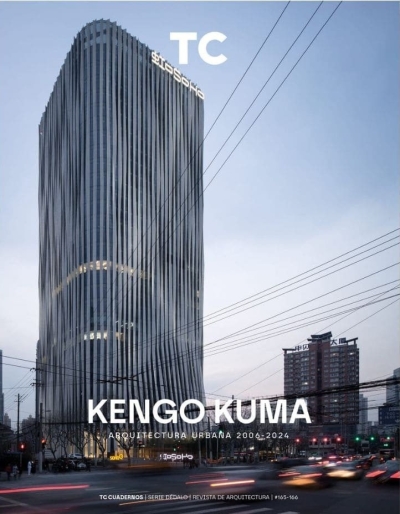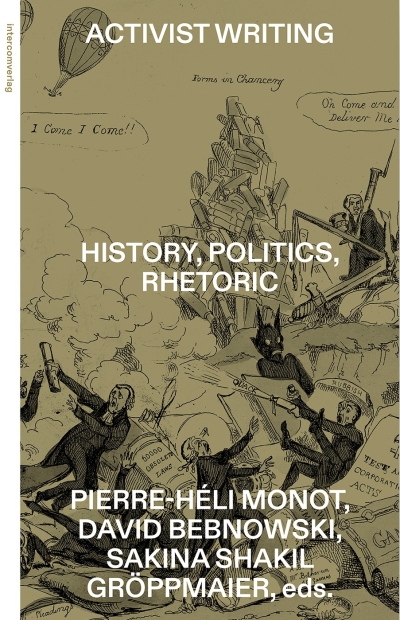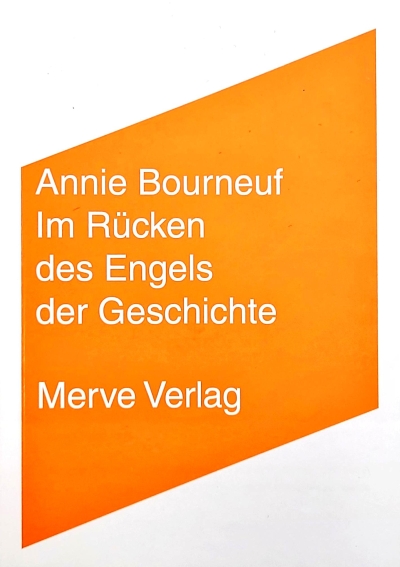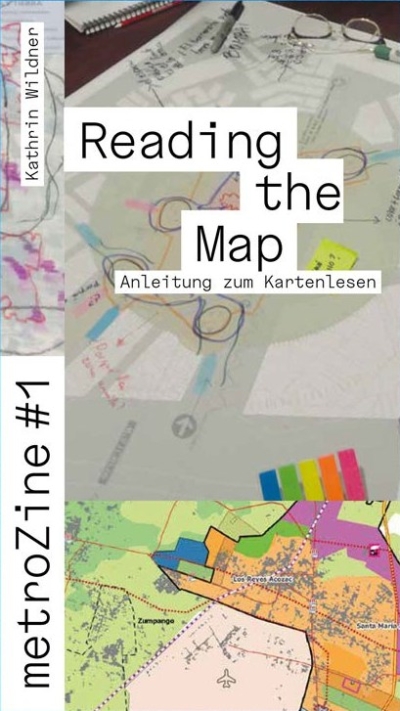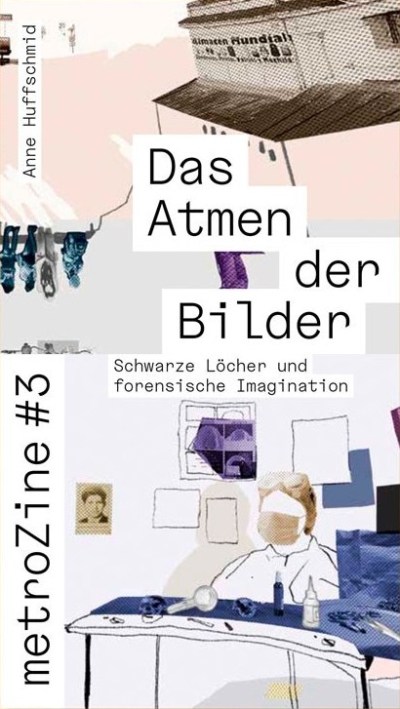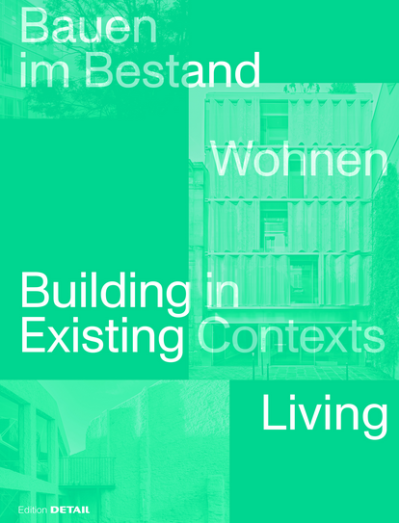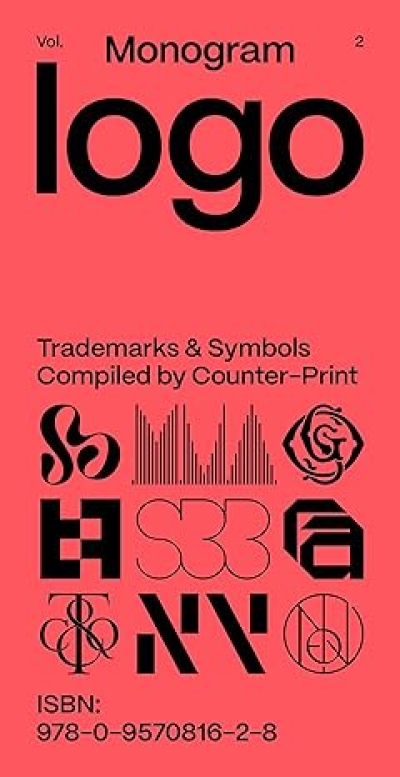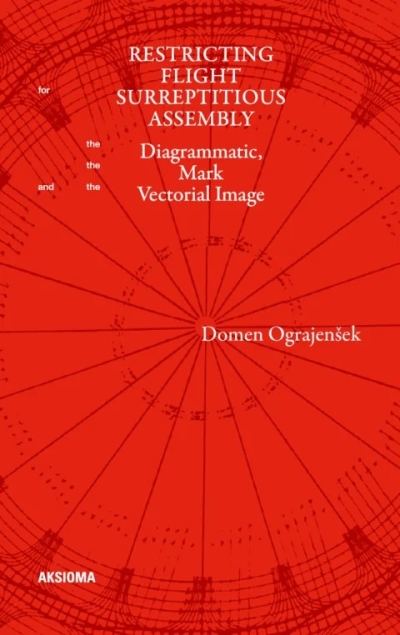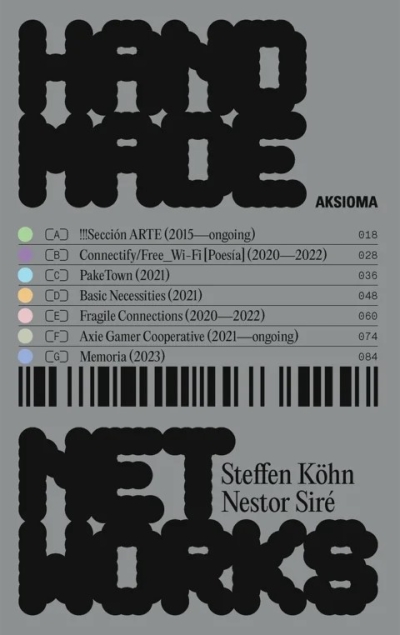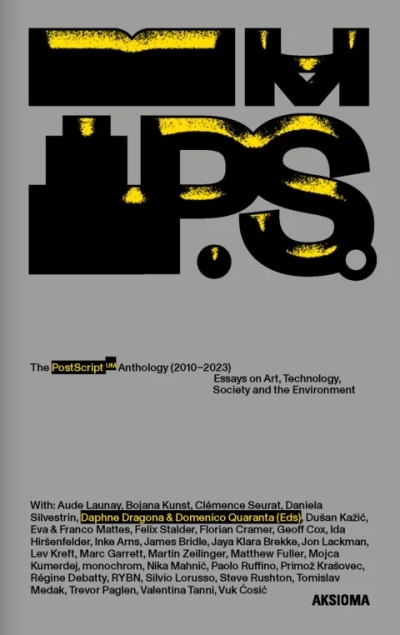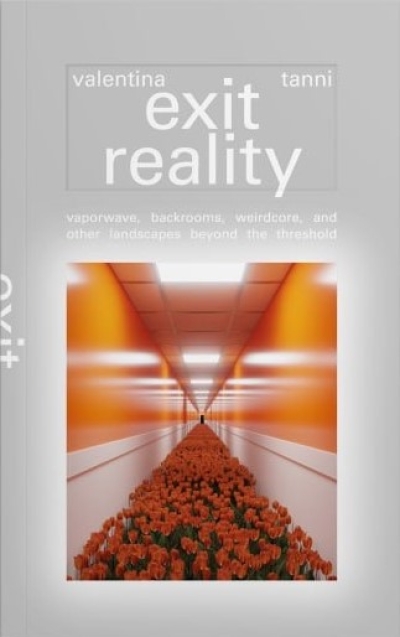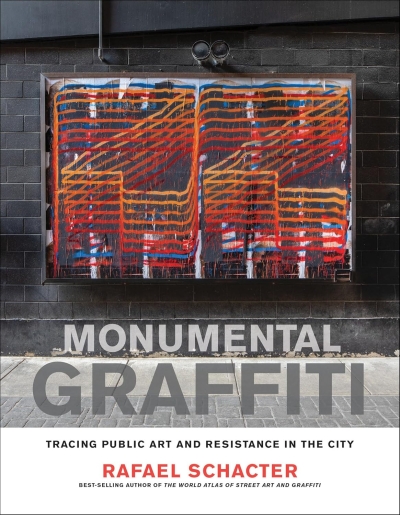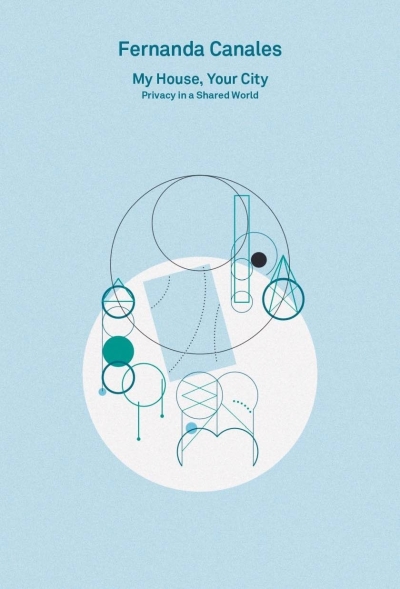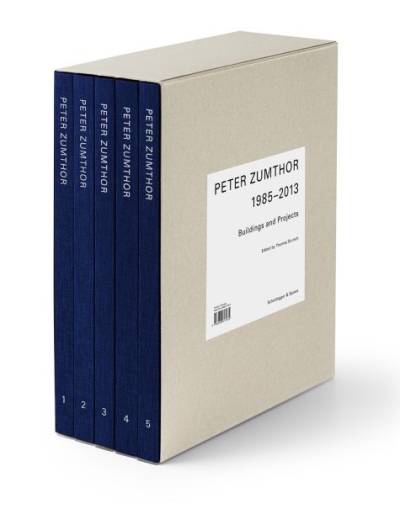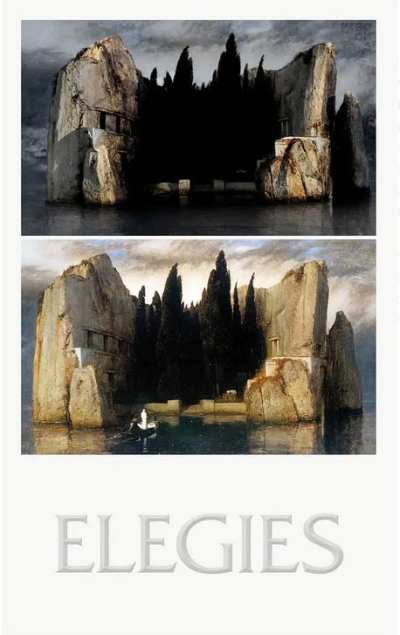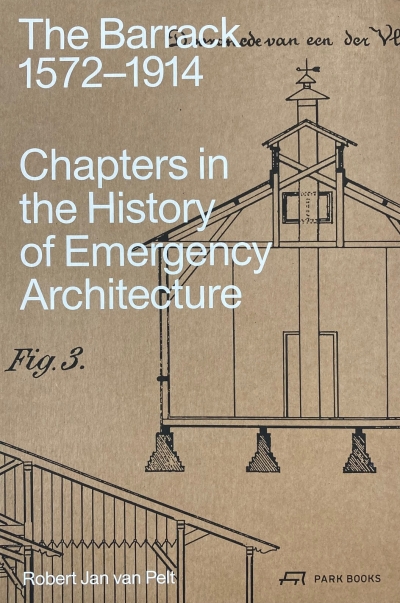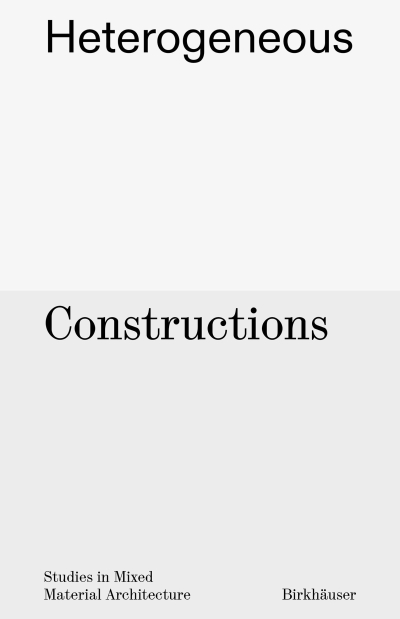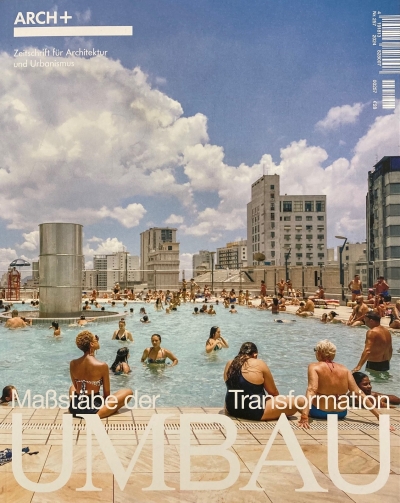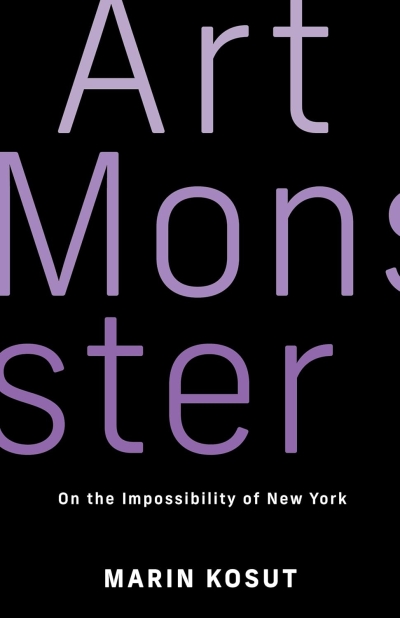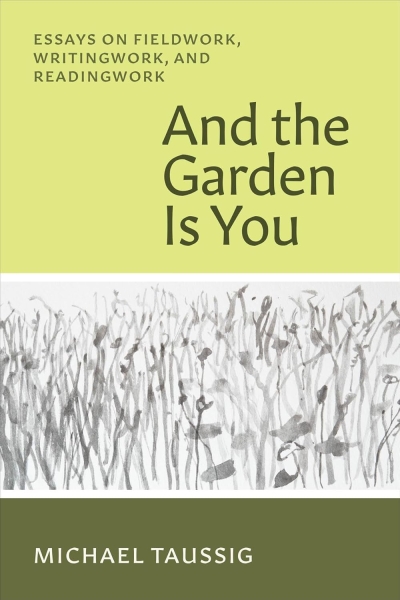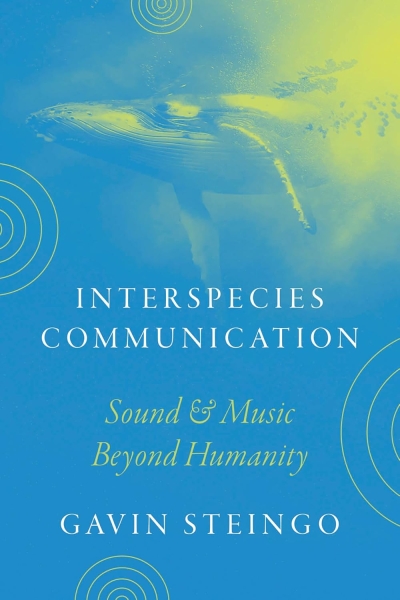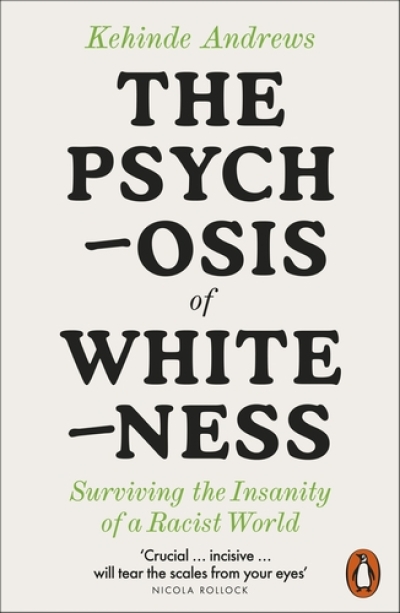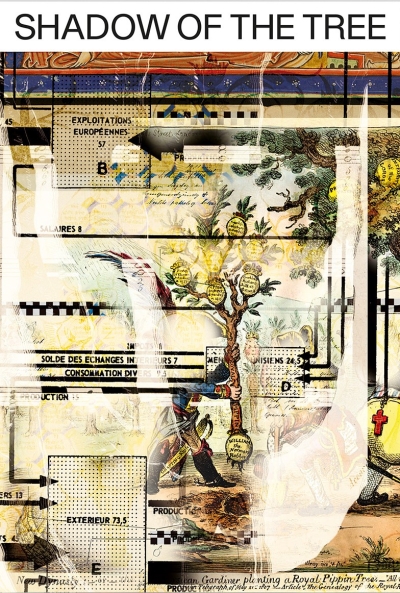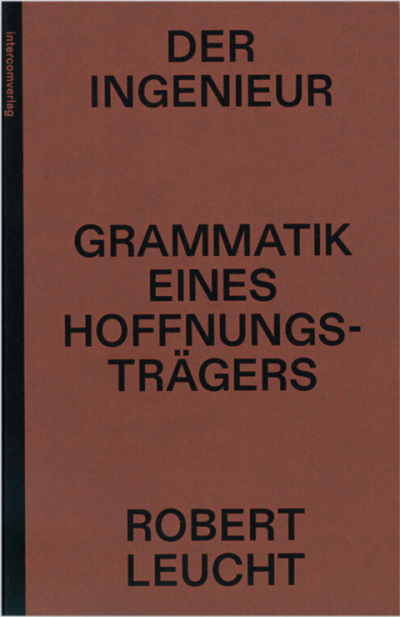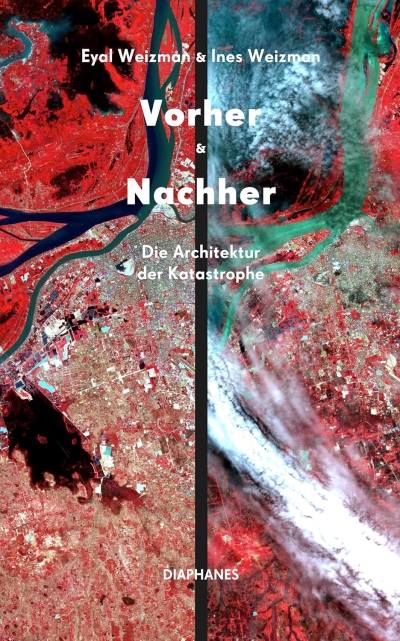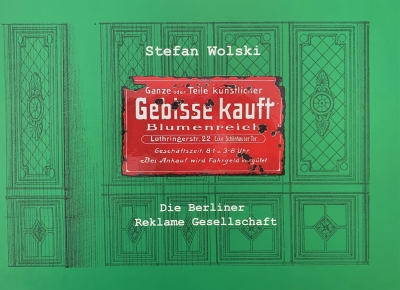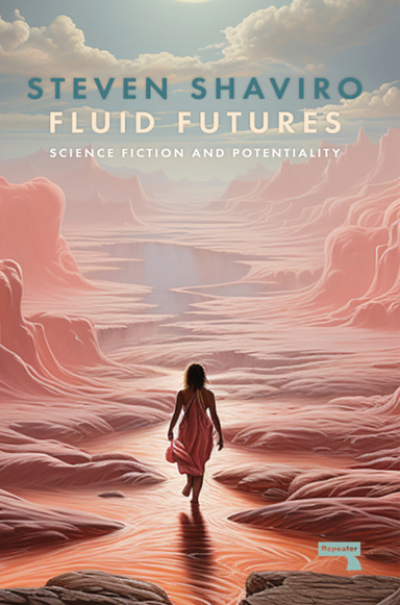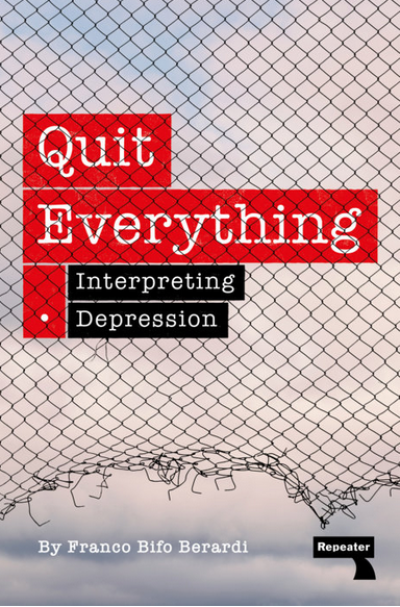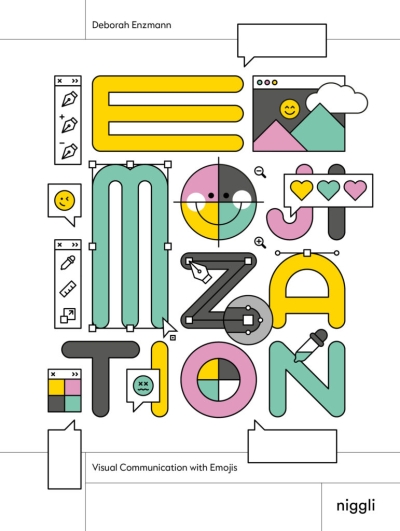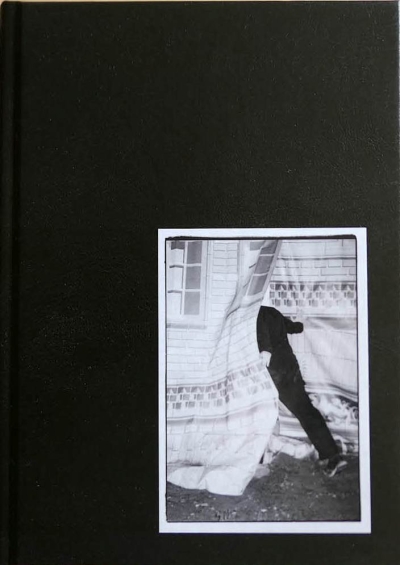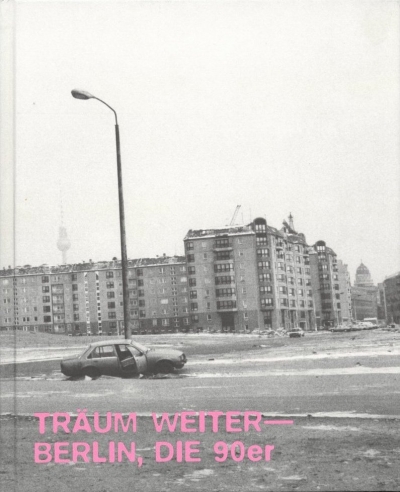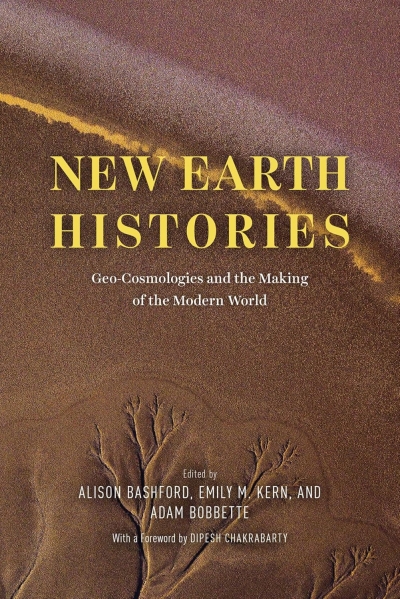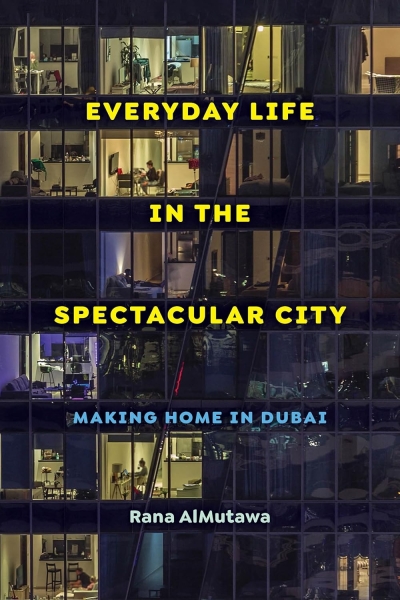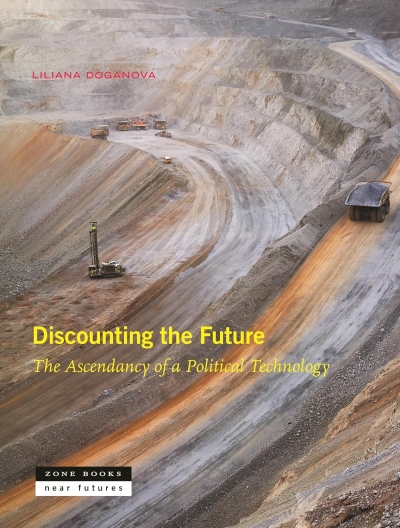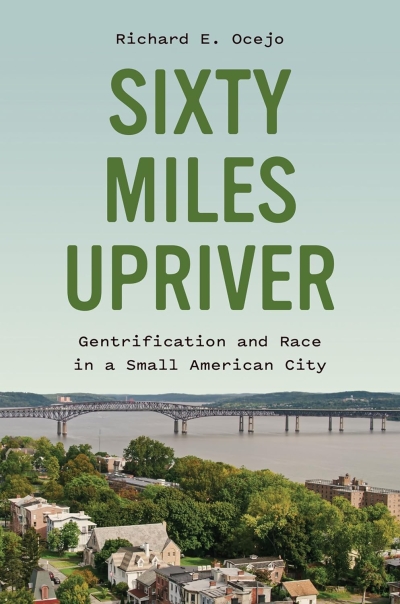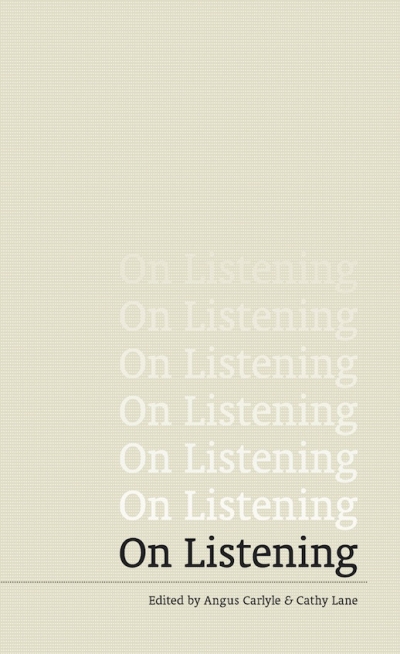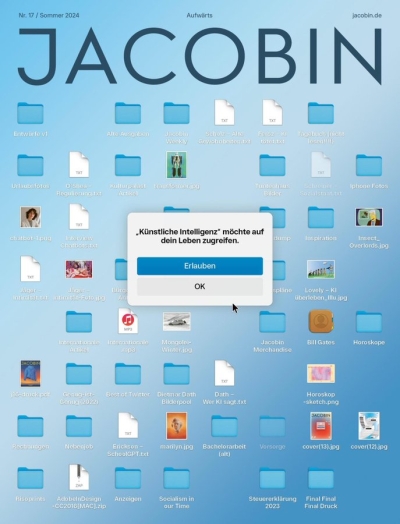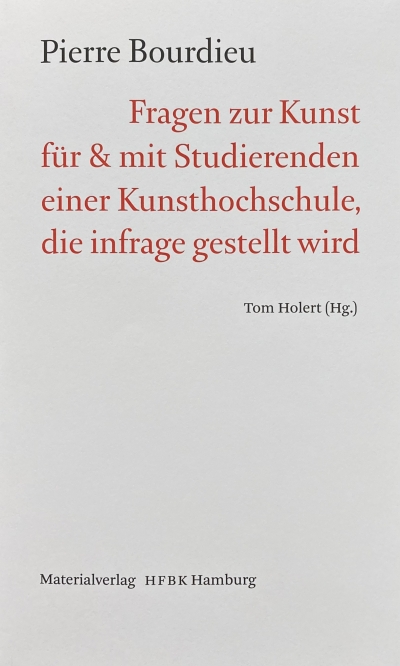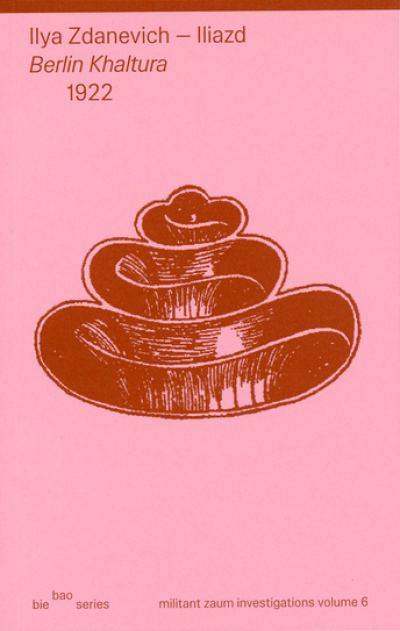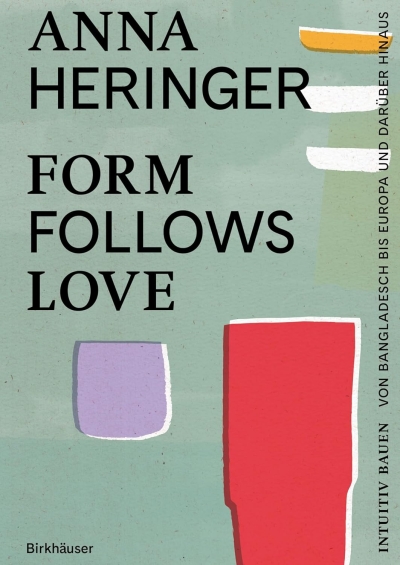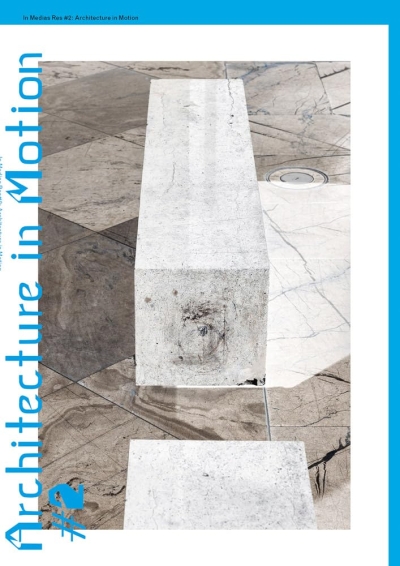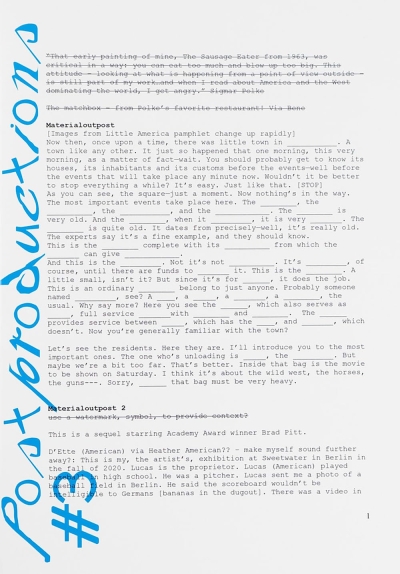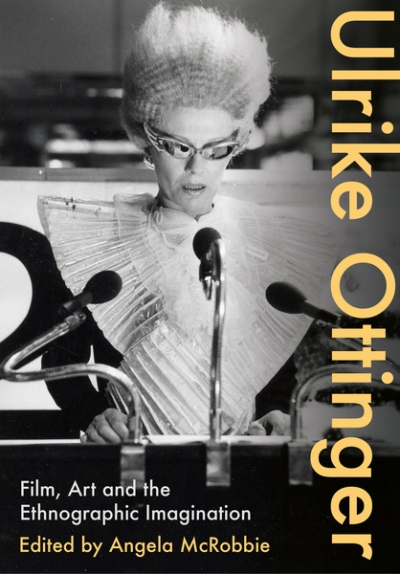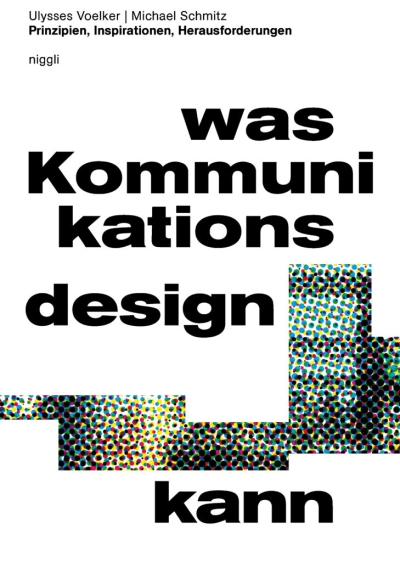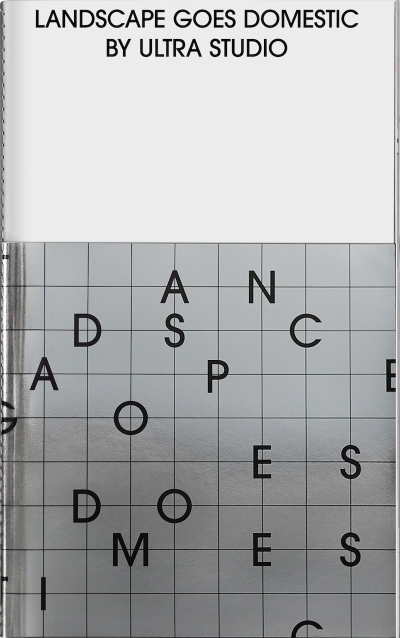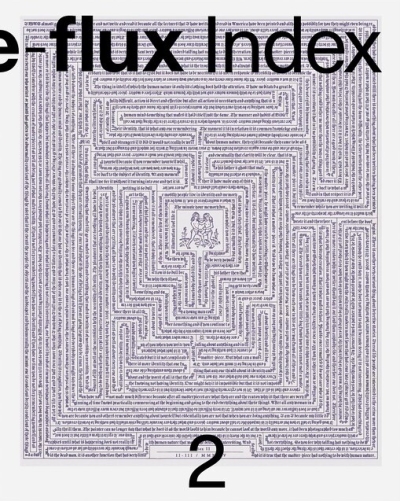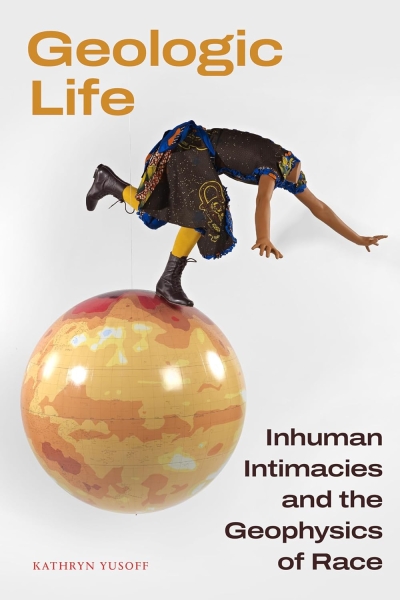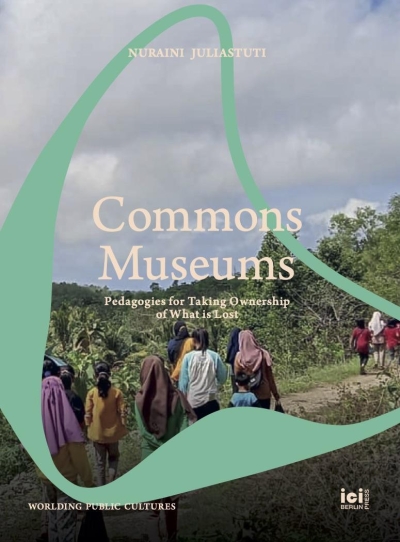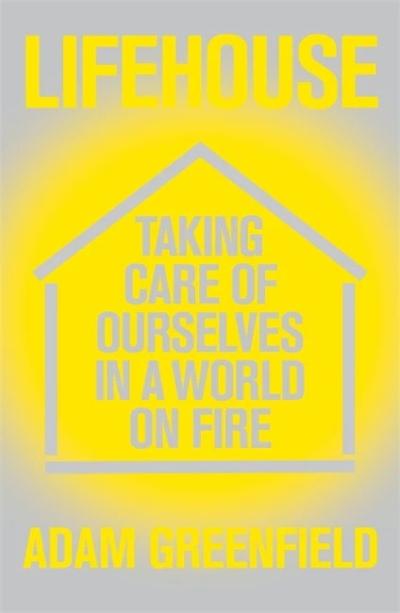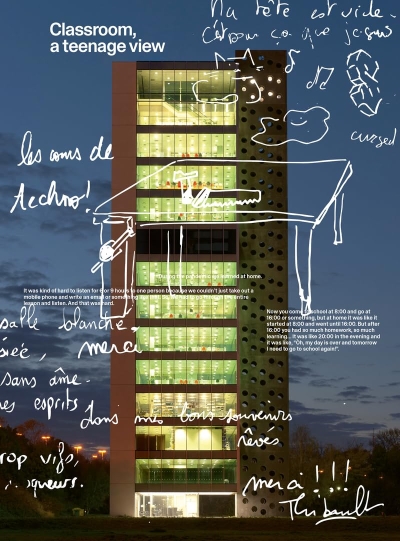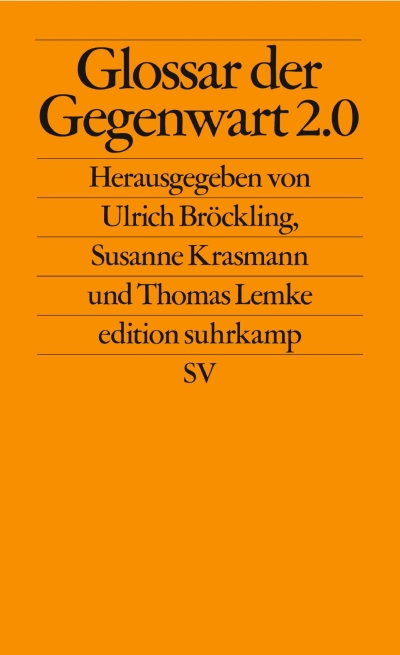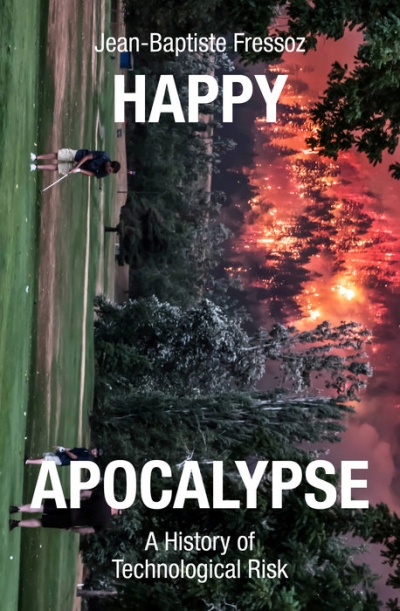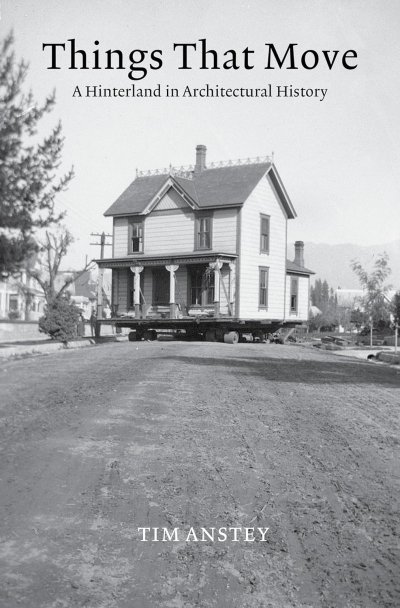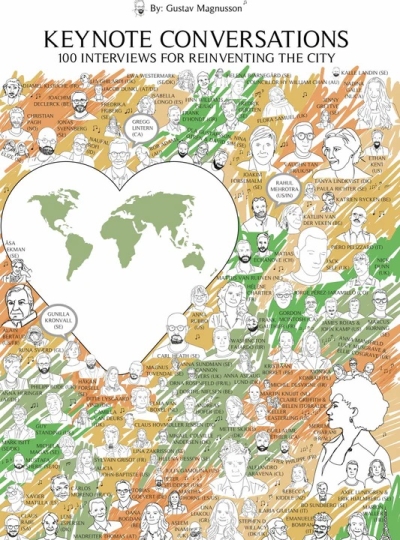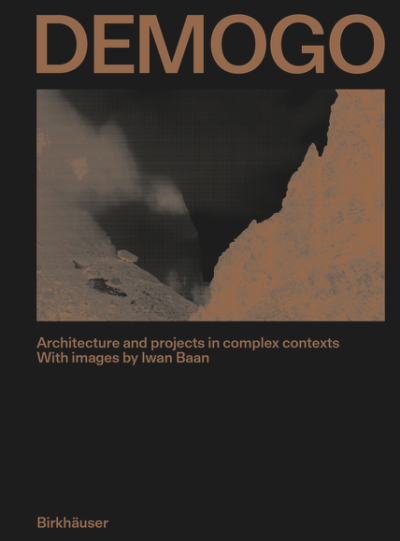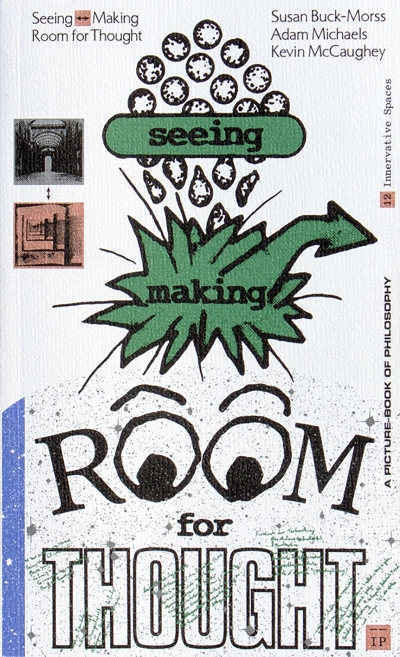
Monte Carlo Club
THE MONTE-CARLO CLUB combines references to geo-political conflict with everyday iconographies and art-historical clippings. In this mixture of images one will find tattoos and embroidery, anthropological illustration, cut-outs from art-history books and fashion-magazines, pornography and advertisements for guns. The combinations of these images form webs of connections. Not as clear-cut dialectic arguments, but rather in the way that the shape of mushrooms corresponds with that of hot-air-balloons and stacked naan-bread. Or how the shape of a mouth corresponds with the look of tattoos on the backs of punk-rockers and the bodies of South-American Indians.
These combinations work across the diversity of things and images that constitute THE MONTE-CARLO CLUB: video, collages, objects, exhibition, text and the book. Motives and images are repeated, copied directly or with the difference of being out of focus or just a detail. These are differences that accentuate the complexity of difference itself, also as a problem of sameness or coherence. Staging a web of connections, whether it is within a collage or in the extended space of the project, is highly suggestive. This suggestiveness is however kept on a probative level. It is neither naively utopian nor ironically mocking; although the work will at points adopt the structures of both utopianism and irony. The project works as a series of tests, examining the possibilities of art in a landscape of different structural approaches or modes of engagement. Significantly so, also in the way Tapia frames his project by changing the palatial stone floor of the gallery to a chequered linoleum, equally reminiscent of a homely kitchen, the virtual reality of early computer generated 3-d and the even earlier virtual spaces of renaissance perspective.
In science-fiction familiar conflicts are transported into the different setting of the future, but the individual elements that constitute this future are most often only superficially different from things we know.
The root of the difference lies in the fabric of time and space that ties everything else together. This way the disfigured and abstract notion of time and space will often constitute the difficult circumstance of the plot, as well as being the primary condition of the literary construction itself with its’ projections between past and future. In that, science fiction shares certain of art’s classical interests in relations between form and content in time and space. One could even take it a step further and compare the mechanics of the central motif in science fiction, the paradox of time and space, with an idea of artistic autonomy. In science-fiction the construction will offer endless dramatic potential in how fictional characters can be split into identical doubles, dissolved slowly or disappear into another dimension. These dramas being, of course, only smoke-covers for the more real danger that the literary construction itself will suffer the faith of splitting into doubles, dissolving or disappearing into another dimension. Or to put it more plainly, collapse due to its’ own unlikelihood.
Such are also the fears and promises of the mechanism, that Tapia examines when he finds a “sculpture” in the photograph of a person hiding under a blanket sticking out an arm. Or a “totem-pole” in a tower of paper cups put together with duck-tape by a street musician for collecting gratuities of passers-by. Or when he - by means of a snapshot - includes in his collection a fantastically disgusting incident of three boiled eggs in dark sauce left on a cardboard beer-mat in a window-sill underneath a flower-like curled-up napkin. By scissoring old postcards Tapia will create a strangely illogical rock-formation, and by turning upside-down a photograph of a crystal bird figurine in a shop-display, he will make an odd landscape, still accurately priced at “486”. These are all quite ephemeral and coincidental constitutions of form in unlikely contexts. Like small paradoxes of order existing both because and in spite of an environment that denies the possibility of such things.
